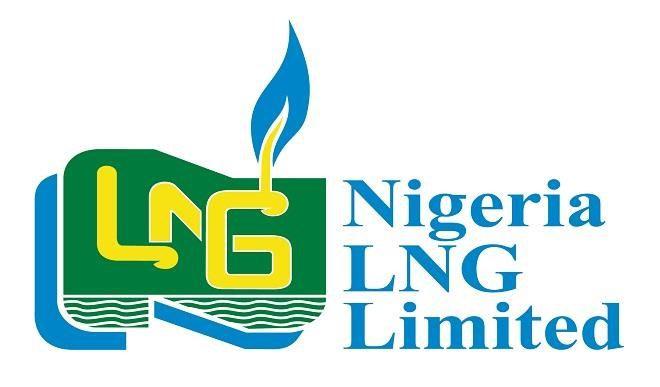Nigeria’s LNG output still weak despite Europe’s thirst for spot supplies
Heavy flooding, upstream gas supply issues and pipeline vandalism have left the six-train Nigeria LNG (NLNG) facility on Bonny Island producing far below capacity since last year, with the trend largely continuing in 2023, a Natural Gas Intelligence (NGI) report has noted.
Liquefied natural gas exports have been “protractedly declining” since the 22 million metric tons/year NLNG declared a force majeure in October 2022 due to flooding, NGI stated, quoting Kpler analyst, Ana Subasic.
“Nigeria’s LNG exports have been lower, but steady since the beginning of this year,” Kpler stated.
Subasic said NLNG, a major Atlantic Basin supplier since 1999 when the first train came online, delivered 1 million tons (Mt) to the global market at a 53 per cent utilisation rate in January.
The situation seemed to be improving, however, as exports bounced back to 1.07 Mt last month, or 63 per cent of its total monthly capacity, after four consecutive months of decline, according to Kpler. The commodity data firm also projects exports to reach 1.22 Mt in March.
Although Nigeria is Africa’s largest LNG exporter, and as Europe looks to replace Russian natural gas with more of the super-chilled, Nigeria has been unable to increase capacity to meet the ramp in global demand.
The country is missing out on opportunities in what the International Energy Agency (IEA) expects to be a tight market until 2026, when new projects come online and begin easing the supply crunch.
Nigeria isn’t alone as output has fallen across Africa, the report said. In Algeria, Angola, Cameroon, Egypt and Equatorial Guinea, utilisation rates have slipped to just 58 per cent of the 71 mmty of liquefaction capacity available, according to the Gas Exporting Countries Forum.
At the continent’s largest plant, NLNG exports have dropped from a high of 21.33 Mt in 2019 to just 14.61 Mt last year, according to Kpler. Nigeria once had a 10 per cent share of the global LNG export market, but by 2021, the country’s market share had fallen to just 6 per cent, the report added.
A “general lack of investment, maintenance, prolonged flooding periods, and more recently pipeline vandalism in Nigeria, has been at the core of Nigeria’s decline in output seen since 2019,” Subasic told NGI.
“Human-imposed sabotage and theft have been affecting the feed gas supply of Nigerian associated gas, directly linked with Nigerian oil production,” it added




